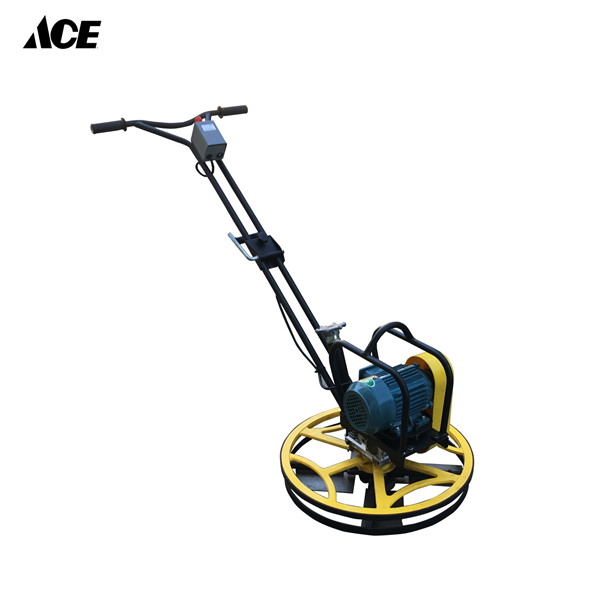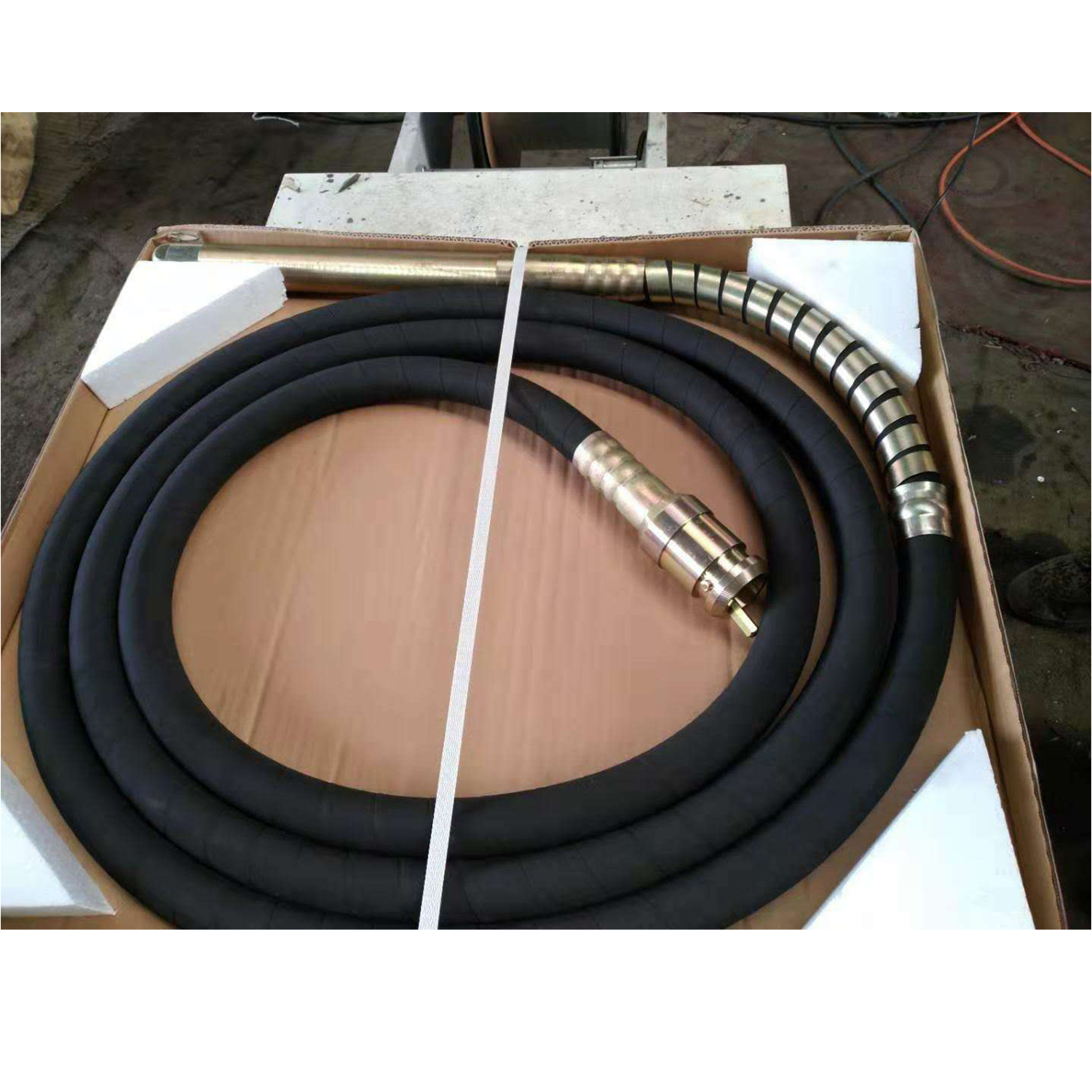The pair, a 38-year-old man and 55-year-old woman, used an excavator to widen an existing gap and make a shortcut, the authorities said.
By Livia Albeck-Ripka, Yan Zhuang and Siyi Zhao Single Drum Vibratory Roller

Two workers have been detained in northern China after the local authorities said they plowed through a section of the country’s Great Wall with an excavator, leaving a gaping hole.
The pair, a 38-year-old man and 55-year-old-woman, caused “irreversible damage” when they used the construction equipment to widen an existing gap and create a shortcut that was large enough to drive the excavator through it, the Youyu County Public Security Bureau said in a news release last week.
The security bureau said it was first notified of the hole in a section of wall, near the township of Yangqianhe, about 215 miles west of Beijing, on the afternoon of Aug. 24. Law enforcement officers rushed to the scene to find that a piece of the wall, believed to have been constructed during the Ming dynasty between the 14th and 17th centuries, had been severely “excavated and damaged by large-scale machinery,” the bureau said.
The man, named in the release as Zheng, and the woman, named as Wang, are from the autonomous region of Inner Mongolia in the country’s north and were taken in for investigation, the bureau added. They have been charged with destroying a cultural relic, according to China Daily, a state-owned media outlet.
The Great Wall, which served as a fortress protecting the territory from invasions under successive Chinese empires, spans more than 13,000 miles. The most well-preserved section is around 5,500 miles long. In 1987, the wall was designated a UNESCO World Heritage site.
The Great Wall has long faced the dual threats of erosion and human activity, with locals stealing bricks to use as construction materials or to sell, and in more recent times, tourists etching carvings into the stone.
In the 1950s and 1960s, parts of the wall were regularly torn down and repurposed for construction materials, according to Dong Yaohui, the vice president of the Great Wall Society of China. “At that time, people didn’t think it was a big deal. They would tear down the wall directly,” he said, “and use it for anything.”
In 1984, responding to threats to its preservation, the Chinese leader Deng Xiaoping opened a campaign to restore the wall, declaring, “Love China, repair the Great Wall.” Subsequent governments have created national legislation to protect the wall and attempted to crack down on vandals. But success has been mixed, and challenges to preserving the wall have mounted.
Vandalism of the site has continued well into the 21st century, with China’s state media reporting that local residents living near the wall have built numerous private shrines on it, dug holes into it to use for storage, and used the wall as part of their garden fences or sheep pens.
In 2002, a villager of Hebei province built a urinal on the Great Wall and removed bricks from it to make a hole for defecation. In the same year and province, farmers tore down more than 3,200 feet of the wall, collected the bricks and sold them to build roads.
However, such incidents had become rare in recent years, Mr. Dong said. “Damage to the Great Wall caused by people is basically contained. There is not much man-made damage, but natural damage still occurs from time to time.”
The wall has also been the target of vandalism from tourists. In 2021, two people were banned from the site after they trespassed onto a section of the ancient structure under redevelopment. And earlier this year, a man was detained for several days after he carved a name into the wall, local media said, an action that carries penalties including a fine of up to $68 and up to 10 days of detention.
According to the government’s 2019 plan to protect the Great Wall, 18.4 percent of the structure is considered poorly preserved, 27.1 percent is in danger of disappearing and 24.1 percent has already disappeared.
Part of the challenge of looking after the Great Wall is that it was built over so many dynasties, using various materials and methods. That makes it difficult to define where it starts and ends exactly, said Yujie Zhu, an associate professor at the Australian National University who specializes in heritage studies.
“We don’t have one Great Wall” but instead, a vast, sprawling network of walls and fortifications, he said.
“There’s limited knowledge of what is or what is not part of the wall,” he said, meaning that local residents could be unaware of the significance of what they are taking bricks from, or damaging.
He added that the Western concept of heritage buildings or protecting architecture was introduced relatively recently to China. “So when we see the news of someone coming in and touching or destroying part of the wall, it’s not news,” Mr. Zhu said. “It happens all the time. But it’s become news because in the last 50 years, it’s become heritage.”
An earlier version of this article misstated the location of Yangqianhe, China. It is west of Beijing, not east of it.
Livia Albeck-Ripka is a reporter for The Times based in California. She was previously a reporter in the Australia bureau. More about Livia Albeck-Ripka

C-90 90kgs Plate Compactor Yan Zhuang is a reporter in The New York Times's Australia bureau, based in Melbourne. More about Yan Zhuang